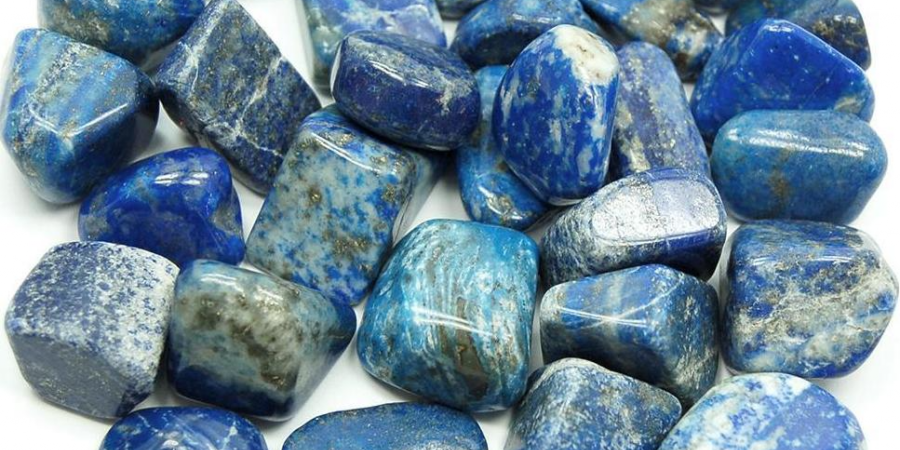

Lapis lazuli is a stunningly vibrant blue semi-precious stone that has captivated civilizations for thousands of years due to its mesmerizing color and historical significance. Here’s a comprehensive exploration of what lapis lazuli is, its properties, historical uses, cultural significance, and contemporary applications.
Lapis lazuli, often simply referred to as lapis, is a metamorphic rock composed primarily of the mineral lazurite, along with varying amounts of other minerals such as calcite, sodalite, and pyrite. Its characteristic deep blue color, often adorned with golden flecks of pyrite, has made it a prized material for artistic and ornamental purposes throughout history.
The striking blue hue of lapis lazuli is attributed to the presence of lazurite, which typically forms the majority of its composition. The stone is typically opaque and can vary in color intensity from light to dark blue. Pyrite inclusions, which appear as small, sparkling golden specks, are commonly found in lapis lazuli and add to its visual appeal.
Lapis lazuli holds significant historical importance, particularly in ancient civilizations. Here are some notable uses throughout history: Ancient Egypt: Egyptians used lapis lazuli as a symbol of royalty and divinity. It was often ground into powder to create the intense blue pigment known as ultramarine, which was used in paintings, jewelry, and cosmetics, including the famous death mask of Tutankhamun. Mesopotamia and the Indus Valley: Lapis lazuli was traded over long distances and used in jewelry and decorative objects. It was highly valued for its color and rarity. Greco-Roman World: Lapis lazuli continued to be prized for its beauty and was often used in jewelry, amulets, and as an ornamental stone in architecture and sculptures. Medieval and Renaissance Europe: Lapis lazuli was imported into Europe and ground into powder for use as a pigment in painting. It was the most expensive pigment available at the time, used primarily in religious art.
Beyond its physical uses, lapis lazuli has held symbolic significance in various cultures: Spiritual and Healing Properties: In metaphysical traditions, lapis lazuli is believed to enhance wisdom, intellect, and spiritual enlightenment. It is associated with the third eye chakra and is thought to aid in inner vision and self-awareness. Symbolism: Lapis lazuli has been associated with truth, wisdom, and royalty across different cultures. It was often used in talismans and amulets for protection and to ward off negative energy.
In modern times, lapis lazuli continues to be valued for its aesthetic and spiritual qualities:
Jewelry: Lapis lazuli is used in jewelry, both in its natural form and sometimes polished to enhance its beauty.
Decorative Objects: It is used in decorative objects such as bowls, vases, and sculptures due to its striking appearance.
Art and Pigments: While synthetic alternatives to lapis lazuli are more commonly used in painting today, natural lapis lazuli pigment is still available for artists interested in its historical significance.
